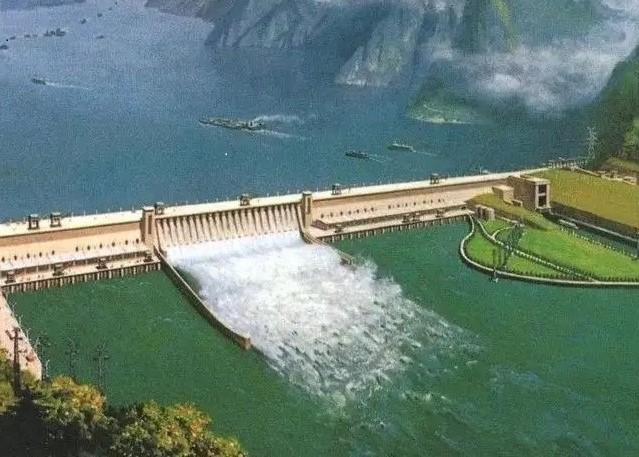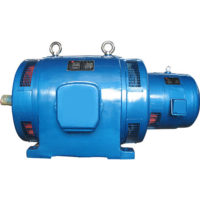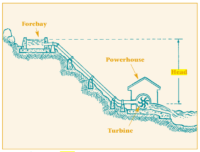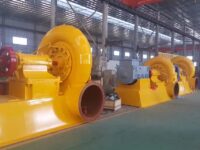What is flow? Flow rate is the quantity of water available in a stream or river. Put simply, flow is the amount of water that can be passed through the turbine, measured in cubic meters per second. Flow varies throughout the year (and between years) based on how much rainfall and sunshine we have. The maximum hydro system flow rate is normally based on the long-term average flow rate in the watercourse. For an accurate assessment of the minimum continuous power output from a micro hydro power system, the minimum amount of water available must be determined. The purpose of a hydrology study is to predict the variation in the flow during the year. The mean stream flow and the extreme high- and low-flow rates should be known. Human activities in the watershed and environmental factors determine the amount and characteristics of stream flow on a daily and seasonal basis. Unless you are considering a storage reservoir, you should design the micro hydro power system based on the lowest mean annual flow.
There may be legal restrictions on the amount of water you can divert from a stream at certain times of the year; in such a case, you will have to use this amount of available flow as the basis of the design. The percentage of the maximum flow that may be diverted for power generation is defined during government approval of the water license. Generally, 10 percent of mean annual discharge flow release is required in fish-bearing streams, but this could be lowered to 5 percent of mean annual discharge in non-fish–bearing streams. Mean annual discharge may also be different for a coastal stream than for a colder climate with snow and freshet flows. Non-classified drainages may have no flow release requirements. Micro hydro power systems typically use only a fraction of the water flow in a stream.
It is ideal to measure and record stream flow every day for at least one year, but two to three years is best. If not, a few measurements should be taken during lowflow season. If you are familiar with the stream, you might determine the low-flow season by keeping track of water levels and making several flow measurements for more than a week when the water level is at its lowest point during the year. You may also be able to get information from your neighbors or other sources.



